How to Remove Rust From Your Sword or Armour? It's Easier Than You Think!
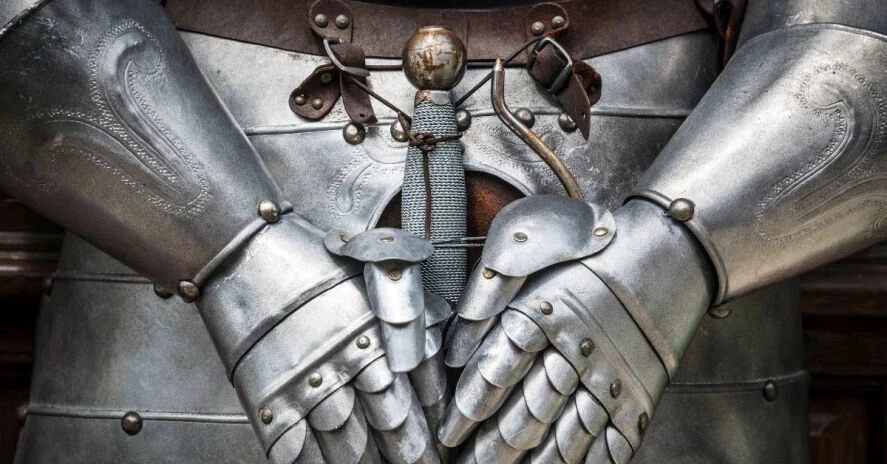
If you want to keep your sword, helmet or plate armour in perfect condition for as long as possible, occasional maintenance is required. Sometimes, touching your armour with your hands is enough to expose your gear to harmful moisture. However, if you respond in time, rust stains can be quickly and easily removed. Here's how to do it!
Contents
What is Rust?
Iron and steel objects interact with the external environment. Long-term exposure to water and oxygen results in rusting, which takes the form of reddish-brown layer on iron or steel surfaces. This layer is known as rust.
Weapons or pieces of armour that show signs of rust should be treated as soon as possible. We will show you three ways how to remove rust from a sword or armour on your own.
TIP: Do you own a Japanese sword, otherwise known as the katana? You will need to pay special attention to maintenance. Here is a separate guide on how to maintain your katana properly.
Method 1: Removing rust using vinegar and salt
One way to get rid of rust stains is to use vinegar. However, you will also hear many opinions that vinegar is absolutely unsuitable for this purpose.
There seems to be no agreement on this issue, because many other factors need to be taken into account before deciding to use vinegar:
- The type of material - for some metals (such as copper) vinegar works reasonably well. For others, it may be less effective. And for example, for aluminium, which is used to make replicas of historical armour for filmmakers, vinegar is something you need to avoid.
- The level of corrosion - if the rust starts forming on the surface (surface rust) of your armour or sword, it is usually acceptable to remove it using vinegar. Deeper rust may require more sophisticated treatment.
If you choose this method of removing rust from metal surfaces, you will need:
- White wine vinegar
- Salt
- A sponge with a coarse side
- Oil or other suitable preservative
Steps:
- Mix white wine vinegar and salt in a 1:1 ratio. You can gradually experiment with the ratio and test which ratio works best.
- Dip a sponge into the vinegar and salt with the coarse side of the sponge (the part of the kitchen sponge that you use to remove stubborn stains from pans and other dishes).
- Start cleaning the surface of the armour. When cleaning, apply even pressure to all parts of the armour and use a circular motion. If the rust is deeper, you will need to clean the iron/steel parts for a longer time and will also need to apply more pressure to the sponge. Areas with surface rust typically need to be cleaned for 20-30 seconds.
- After cleaning, wipe off any residual vinegar and salt from the surface of the armour. Metals may soon begin to rust again due to the water contained in the vinegar. For this reason, you should wipe the blade or armour dry with a piece of cloth or paper tissues.
- Apply protective oil to the metal surface. Many swordsmiths or armour owners prefer using Ballistol oil, for example. Alternatively, you can use polish wadding, which is suitable for all unpainted metal surfaces.
TIP: Do not use rust converters to fix the rusty areas. Chemical substances can cause black stains on the surface which are much harder to remove. Rust converters can be used, for example, for the maintenance of outdoor tools. But they are unsuitable for cleaning shiny blades of swords!
Watch the video below for a demonstration of how to get rid of rust vinegar and salt:
Method 2: Removing rust using bench grinder
This method is similar to the first one, with only a few different steps:
- You will use vinegar to remove rust from the metal, but, this time, no salt is needed.
- Before applying vinegar, remove dust and other impurities from the metal surface using a wire brush suitable for polishing metal surfaces.
If you choose this method of rust removal, you will need the following items:
- Bench grinder
- White wine vinegar
- Special cleaning fleece
- Oil or other suitable preservative
- Wool cloth
Steps:
- Disassemble the armour into individual parts. Put the individual metal parts on a table or other clean surface.
- Clean the armour pieces with a bench grinder until the surface of the metal is smooth and shiny. Sometimes, just this step is enough to significantly improve the look of the armour.
- Apply a protective spray on the special cleaning sponge and then to the metal surface. If you don't have a protective spray, you can use oil instead, and distribute it on the metal surface using a dry sponge.
- Finally, dry the armour or blade with a wool cloth or other absorbent fabric.
You can check the video below for more details:
TIP: A weapons maintenance kit will make it easier to keep the area around you neat and clean!
Method 3: How to remove rust without using chemical cleaners
If you want to avoid using any chemical substances, including vinegar, keep reading. There is one more method of rust removal that does not require any of those! This method involves mechanical cleaning of the surface and the application of a protective oil. No salt or vinegar needed.
Steps:
- Clean the surface of the armour or blade with a special cleaning fleece or cleaning rubber. If you do not have either of those, use the soft side of a regular kitchen sponge.
- Apply a protective oil containing a solvent (e.g. WD40) to the cleaned armour or other metal surface and leave it on for a while.
- Finally, wipe off the excess oil, but do not completely dry the surface of the metal.
And it is finished! In addition to the methods above, we have a few tips for you from professionals who deal with rust on a regular basis:
- When removing rust, a drill with the wire brush attachment is particularly effective. If you do the work manually, you will probably break a sweat! A drill with the wire brush wheel makes the job much easier.
- An angle grinder with a felt polishing wheel will do the trick as well.
- A fine-grit sandpaper with over 100 grit is the most suitable to remove rust (the suitable grit depends on how deep the rust is).
- When working with the angle grinder or drill, be sure to clamp the metal parts If you do not have a clamping tool, two people are better than one: one person can hold the armour or weapon, the other person can remove the rust.
- But most importantly of all, safety should come first: use protective gloves, goggles and possibly a face mask! Those who have once had a piece of wire from wire brush pulled out of their eye will never forget to use eye protection again! Better not to make that experience at all. Be careful when using power tools, too.
Which rust removal method worked the best for you? Let us know in the comments!

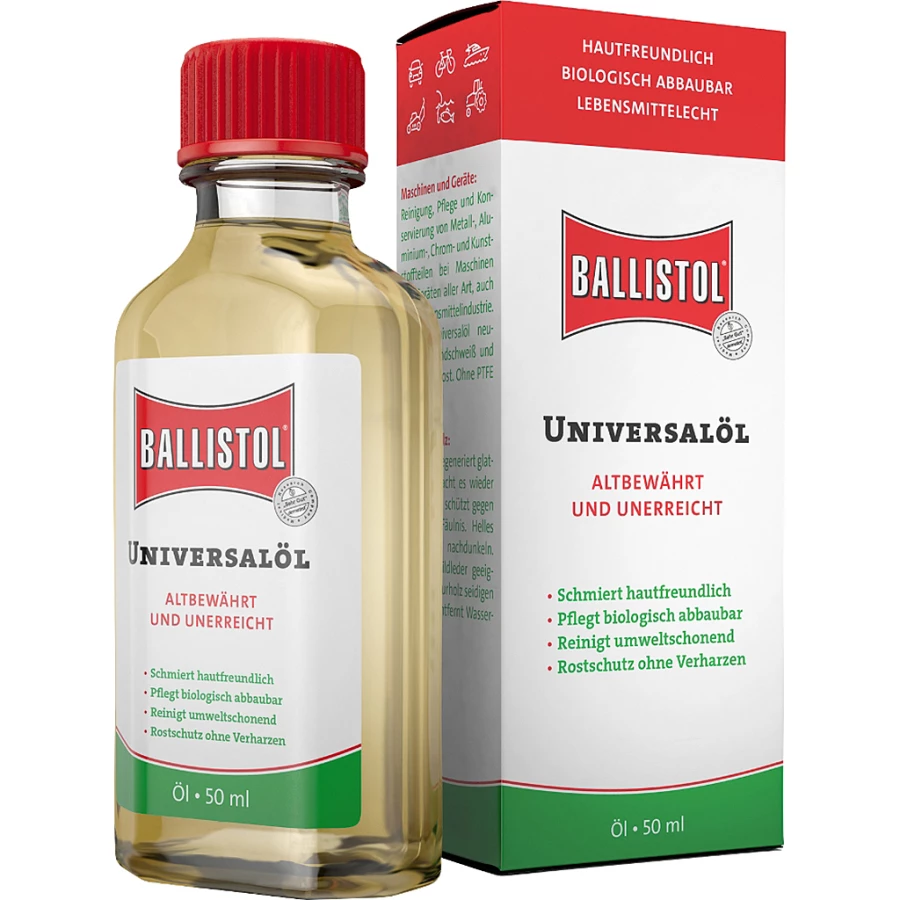
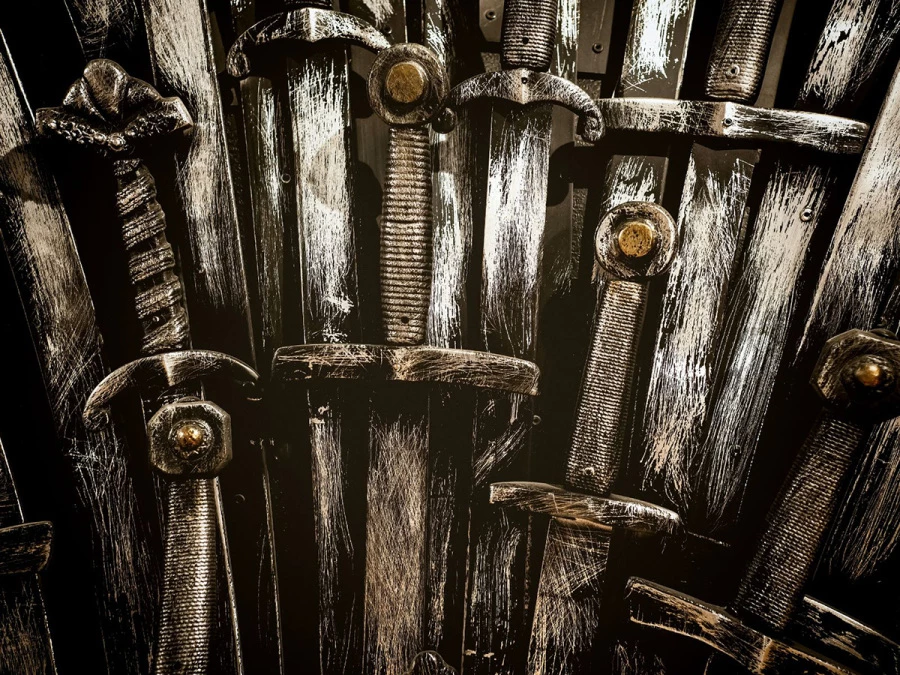
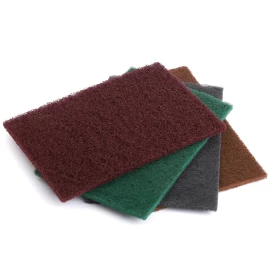
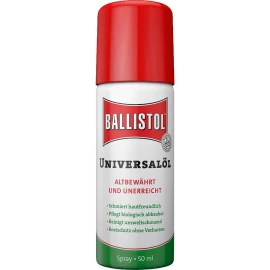
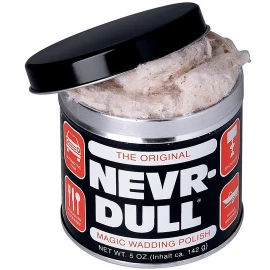
Comments